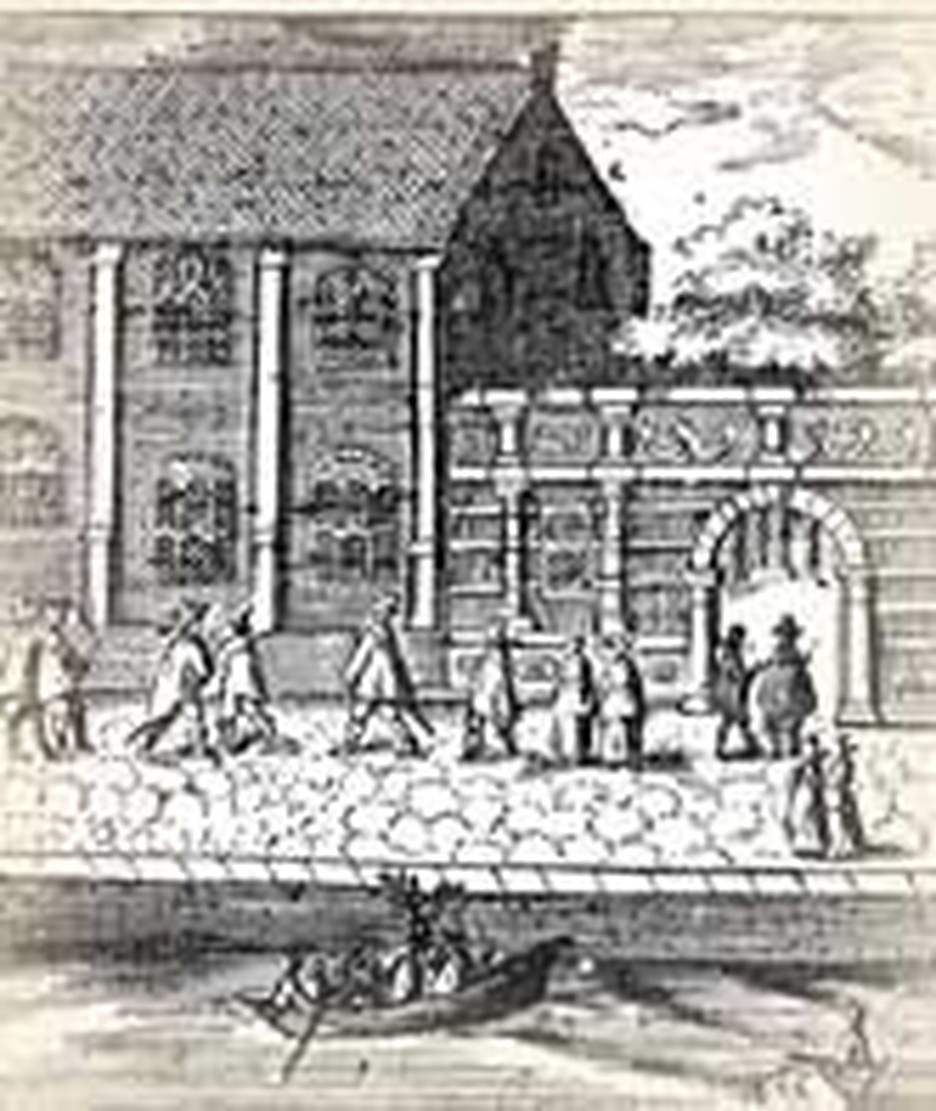
As winter neared in 1574, the only food left in the city of Leyden was boiled horsehide. Suffering under a cruel Spanish occupation, the people of the Netherlands had pleaded with King Philip of Spain to ease his brutal oppression. When the terror continued, the Netherlands revolted. The motives of many were religious as much as political. Dutch Calvinism spread as a consequence of the revolt against Catholic Spain.
When the Spanish besieged Leyden and urged its people to surrender, John Vanderdoes, leader of the defense, boldly replied that if the people of the city came to starvation, they would devour their own left hands, reserving their right hands to defend themselves. However, during five terrible months of siege, it is estimated that 6,000 of Leyden's 14,000 inhabitants died.
And then came the turning point, not only for the city, but for the long war itself. On this day, October 3, 1574, William of Orange (the leading Protestant magistrate of the Netherlands) implemented a costly but effective decision. After notifying the citizens of Leyden of his intention by carrier pigeon, he had troops raise the sluices of the dikes that protected the low-lying lands from the sea.
As briny water flooded in, William's troops arrived in flat-bottomed boats and the Spaniards fled. 1,000 were not quick enough to escape and perished in the rising water, which was driven inland 20 leagues (60 miles?) by strong winds. The Spanish had been cooking stew and left behind them half-done pots of food. The starving people of Leyden devoured this "hutspot." At about the same time, Dutch barges arrived, loaded with herring, bread and cheese to relieve the famine.
That the Netherlands became so strongly Protestant, was thanks in part to the sufferings of the people of Leyden. To this day, they celebrate the anniversary of the lifting of the siege.
To reward the people of Leyden for their valor, William of Orange offered them either a respite from taxes or a university. They chose the university, which soon became renowned in Europe.
Bibliography:
- Bradford, William. History of Plimmoth Plantation. Massachusetts Historical Society, 1912; source of the image.
- Grattan,Thomas Colley. Holland; the history of the Netherlands. New York and London: The Co-operative Publication Society, n.d.
- _________________The Netherlands. Philadelphia, 1831; especially p.128f.
- Kooi, Christine. Liberty and Religion; church and state in Leiden's Reformation, 1572-1620. Leiden, Boston, Koln: Brill, 2000.
- "Leyden", "University of Leyden," and "Netherlands" in encyclopedias.
- Zyp, Hank. "Dutch City Remembers End of Foreign Rule." http://www.wcr.ab.ca/columns/hankzyp/1999/ hankzyp100499.shtml
Last updated June, 2007







